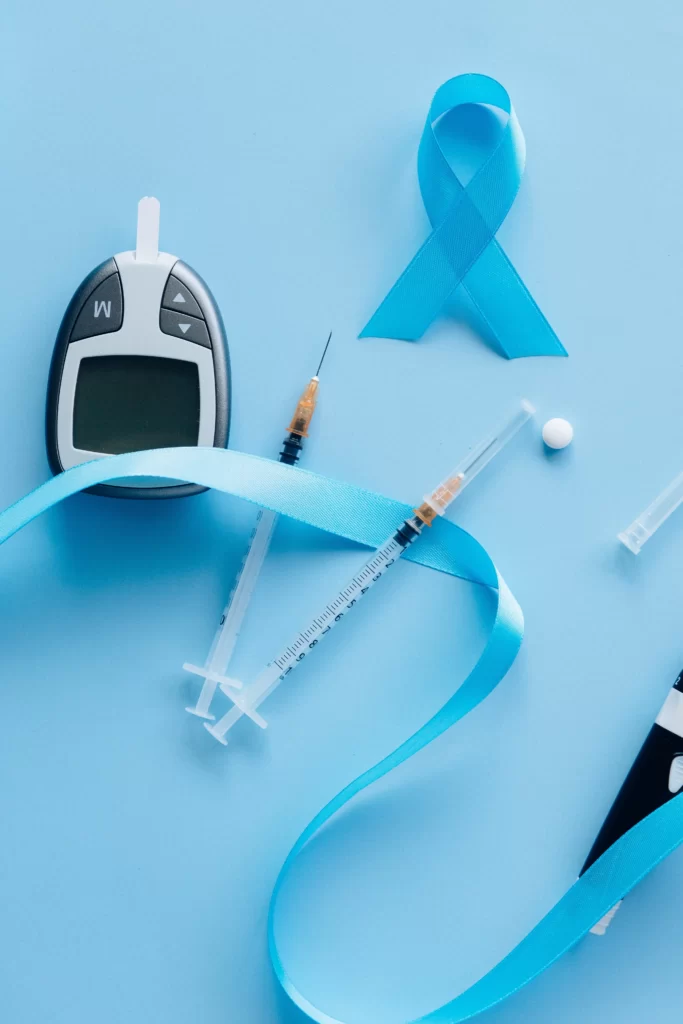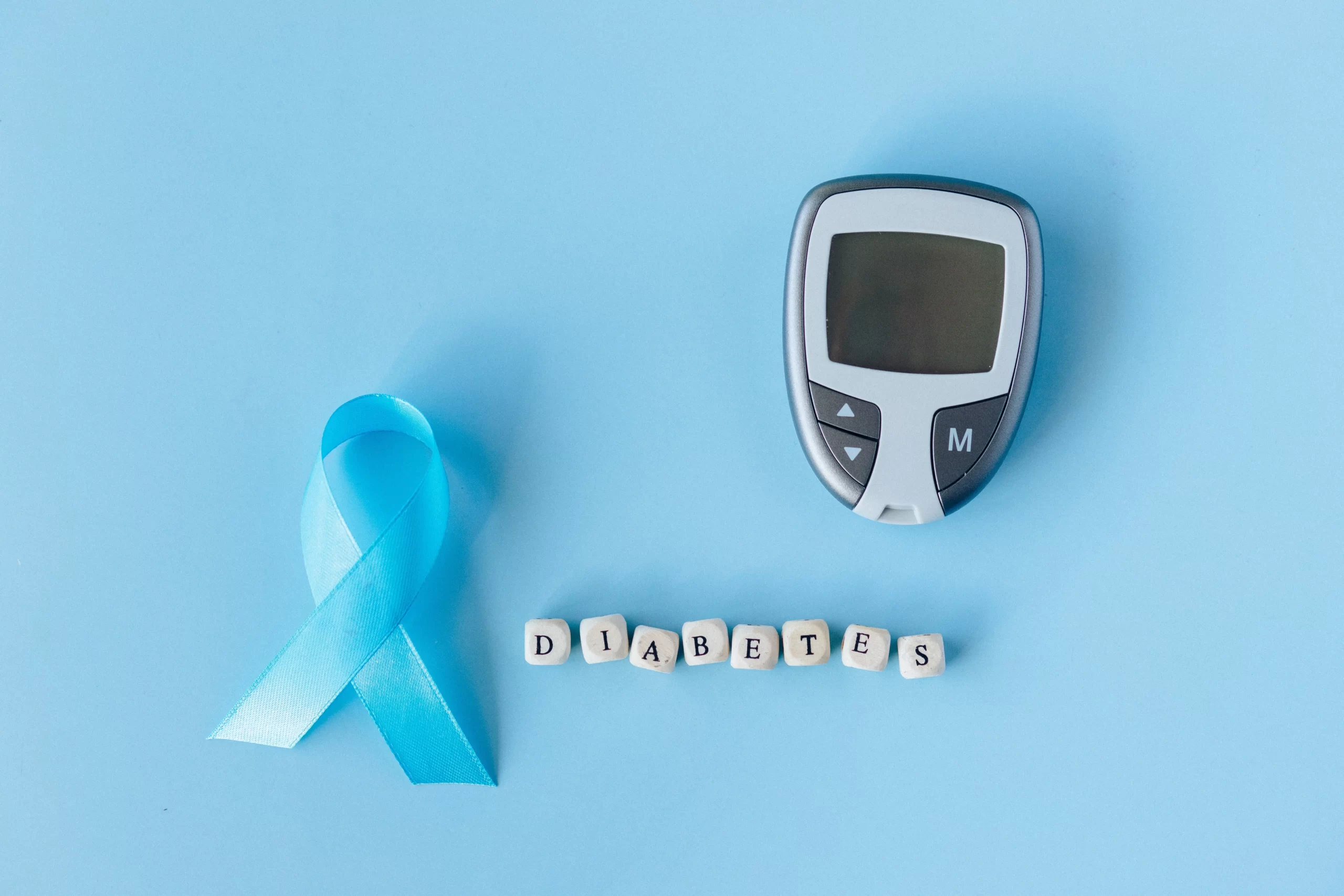Highlights
- The majority of Diabetes people live in low and middle-income countries.
- Worldwide about 422 million people are affected by Diabetes.
- Diabetes is of two types. Type-1 And type-2.
- Major cause of Diabetes is Obesity and inactivity.
What is Diabetes
Decoding Diabetes by 10 steps to control Diabetes in 2023 how to control: Elevated level of sugar or blood glucose in the body is termed as diabetes. If uncontrolled it can lead to serious damage to the heart, blood vessels, eyes, kidneys, and nerves.

What is the who data on diabetes?
As per the World Health Organization (WHO) diabetes is a concern to public health as per WHO reports of 2019, 460 million people were lining with diabetes which may increase to 700 million by 2045. Due to Diabetes about 2.2 million, people died worldwide in 2019.
What is Diabetes: Understanding the Chronic Condition and its effect.
So, one thing comes to mind what causes Diabetes can we control it, and what are the health conditions of Diabetes if not treated well? All these questions are tried to answer by this article.
First of all, Diabetes is a lifestyle disease and a common and chronic medical condition in which the body is unable to regulate the blood sugar level properly. Because of that glucose in the blood is elevated.
Diabetes affects millions of people worldwide, The diabetes is of two type Type-1 and Type-2.
Type 1 Diabetes: Type 1 diabetes creates an autoimmune disorder in the body. Type 1 diabetes is caused when the body’s immune system attacks and due to that cells in the pancreas destroy that produce insulin.
Beta cells in the Pancreas produce insulin in the body. In the absence of insulin, body immune system results in a complete lack of insulin production. The pancreas releases insulin into the bloodstream in response to rising blood sugar levels, causing cells to take in glucose to be used as energy. People who are suffering from Type 1 diabetes, the body’s immune system attacks and destroys these beta cells, resulting in a complete lack of insulin production
Type 2 Diabetes: Type 2 diabetes is the most common form of diabetes and is usually linked to lifestyle factors such as being overweight or obese, leading a sedentary lifestyle, and poor dietary habits. It occurs when the body becomes resistant to insulin, making it difficult for glucose to enter cells and be used as energy. This leads to elevated blood sugar levels.
How to identify Type 1 or Type 2 Diabetes: What are the symptoms of Diabetes
Symptoms of type 1 diabetes
Type 1 diabetes can be identified by the followings.
- Frequent urination
- Thirst
- Constant hunger
- Weight loss
- Vision changes
- Fatigue.
The symptoms of Type 1 diabetes may occur suddenly.
Symptoms for type 2 diabetes
Types 2 diabetes symptoms are similar to Type-1 diabetes but are often less marked. As a result, the disease may be diagnosed several years after onset, after complications have already arisen. For this reason, it is important to be aware of risk factors. Type 2 diabetes may develop slowly and can be subtle, which is why many people may not be aware that they have the condition. Common symptoms include:
- Increased thirst
- Frequent urination
- Constant hunger, even after eating
- Blurred vision
- Fatigue and weakness
- Slow healing of cuts and wounds
- Tingling or numbness in the hands and feet
- Recurring skin, gum, or bladder infections
What are the complications of Diabetes
Diabetes can be serious if left uncontrolled, diabetes can lead to a number of serious health complications, such as
- Heart disease,
- Stroke,
- Nerve damage,
- Kidney failure
- Vision loss etc.
How to prevent and manage Type 2 Diabetes
Type 2 Diabetes can be better managed and prevented or delayed by making lifestyle changes, such as
- Eating a healthy diet,
- Engaging in regular physical activity,
- Maintaining a healthy weight,
- Preventing smoking.
Close management of diabetes is very much important for people who are already living with diabetes, manage blood sugar levels through a combination of medication, diet, and exercise. Regular check-ups with a healthcare provider can also help prevent and manage complications.
10 steps to control diabetes:
Follow these 10 steps to control your diabetes.
- Regular Monitoring of blood sugar levels: Check your blood sugar level regularly and ensure that they are within your target range.
- By Following a healthy diet: Follow a healthy diet that is low in sugar and saturated fat, and high in fiber, fruits, and vegetables.
- By maintaining a healthy weight: Maintaining a healthy weight is important for controlling diabetes.
- Perform regular physical activity: Engage in regular physical activity, such as walking, cycling, or swimming, to help control blood sugar levels and improve overall health.
- By taking medication as prescribed by your health provider
- By Monitoring your feet: People with diabetes are prone to developing foot problems, so it’s important to check your feet regularly and take care of them properly.
- By quitting smoking: Smoking can increase the risk of diabetes-related complications, so quitting smoking is important for managing diabetes.
- By Managing stress: Do exercise, meditation, or therapy to reduce mental stress because it can affect blood sugar levels.
- By regular check-ups: Visit your healthcare provider regularly for check-ups and screenings to ensure that your diabetes is under control and to catch any complications early.
- Educate yourself: Learn as much as you can about diabetes, including how to manage it, the warning signs of complications, and how to prevent them.
Conclusion:
Diabetes is a lifestyle disease. It is to be remembered that every person with diabetes is different, and what works for one may not work for another.
To prevent and control diabetes take proper guidance from your healthcare provider to develop a diabetes management plan that is tailored to your individual needs. Also, it’s essential to keep in mind that diabetes management isn’t only about controlling blood sugar levels but also about preventing long-term complications such as cardiovascular disease, kidney disease and eye problems.

